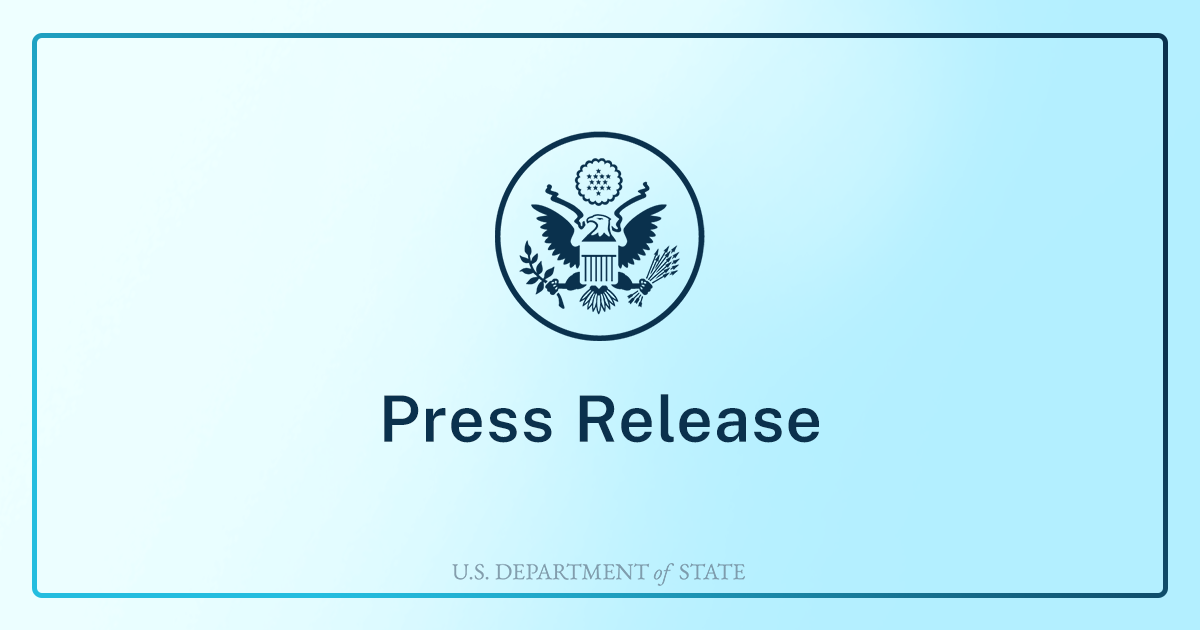In honor of Air Quality Awareness Week (May 6-10), the Office of Management Strategy & Solutions’ Greening Diplomacy Initiative (GDI) is excited to announce a new, machine learning-powered particulate air pollution forecast is now available in the ZephAir web version for all cities that host a U.S. diplomatic mission worldwide. This forecast was developed by NASA using machine learning, satellite data, and data from the Department’s air quality monitors at 75 embassies and consulates.
GDI partnered with NASA through the Health and Air Quality Applied Science Team (HAQAST), using funding from NASA’s Research Opportunities in Space and Earth Science grant, to develop and integrate the City and Air quality foREcasting and analysis System (CARES) with ZephAir. This system leverages historical, satellite, and model data outputs to develop a three-day air quality forecast for particulate matter 2.5 (PM2.5) (including daily average and -three-hour increments over three days). This provides simple, easy to understand forecasting similar to how one gets predictions from a weather app. This information can help users better plan for everything from building operation changes to outdoor recesses. The dashboard also allows users to analyze historical air quality data and compare data between posts. Users can access this new platform at https://zephair.stategdi.cloud . Forecasting functionality will be made available on the ZephAir mobile application in summer 2024.
The rollout of this forecast provides novel information and expands the availability and accessibility of air quality data. This is the first time that a government-developed air quality forecast is available at such a global scale. The Department of State and NASA are supporting data-informed decision making to protect people’s health and wellbeing and widen the realm of data accessibility for those that need it most.
Please note that like weather forecasts, these are predictions only. We anticipate predictions will improve over time as the dataset grows. The forecasts also do not yet include tropospheric ozone, the other main air quality concern alongside PM2.5. If real-time ground-based data is available, users should follow that to take health precautions.
The Department of State’s air quality mobile application, ZephAir, was launched in 2020. Since its release, ZephAir has been downloaded over 42,000 times and has been the premiere source of air quality data for people all over the world. Real-time data is available from nearly 80 Department of State air quality monitors and more than 50 reference-grade monitors from other governments worldwide. The app was created to give Department employees, their families, and the public easy access to science-based standardized, reliable, and actionable information from reference-grade monitors that can help protect their health. Users can currently leverage customizable features like push notifications and preferred locations to receive relevant air quality data for their needs.
For additional information, please contact GDI at [email protected], or visit www.state.gov/ecodiplomacy.



